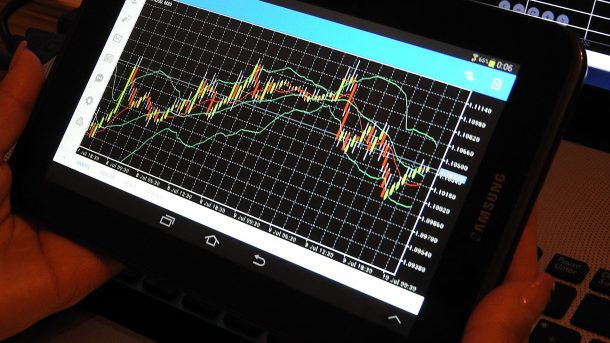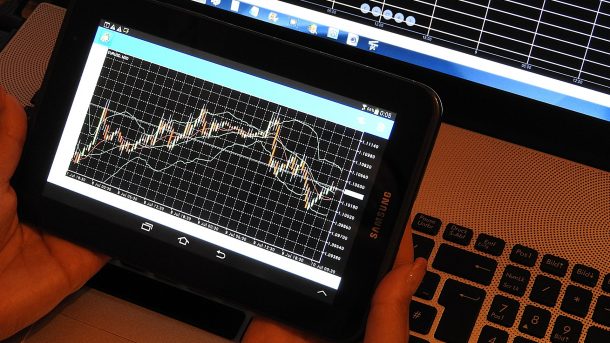The first thing you must consider when determining whether to use CFDs as a trading strategy is that they can be very risky. You should be prepared for this risk and willing to take it on before investing your money into this trading practice. However, if you are willing to put in the time and effort, using this type of investment as a trading strategy may allow you to make more money than if you only trade one type of stock.
Let’s look at some of the advantages and disadvantages of using CFDs as a trading platform so that you have a better idea of what it entails before making any final decisions about investing in them yourself.
Advantages of trading CFDs
A considerable profit in a short amount of time
One significant benefit associated with trading CFDs is that you can make a lot of money in a short amount of time. You can put very little money into the investment and have a good chance at doubling or tripling it. This makes them attractive to those who want to try their hand at trading but don’t have a large sum of money they can invest.
Advantage of price increases
Another benefit, as mentioned above, is that CFDs allow you to take advantage of rapid price increases. If you are using other types of trading strategies, it might take several days for the value of the stock to increase enough to make a large amount of money. While this is not bad, CFDs can give you that same opportunity in just one day.
These advantages mean nothing unless you understand how to work with them and use them as your investment strategy. It’s up to you to choose which direction you want to go next with your investments, but you should do so after considering all factors and considering what will be best for your current situation. If you want this type of trading strategy to work well for you, you’ll need time, so try not to rush anything!
Some disadvantages of CFDs
Brokerage fees
A significant disadvantage associated with CFDs is that you have to pay brokerage fees every time you buy or sell them. This is different from other trading strategies because when you invest in stocks, bonds, or mutual funds, the only fee you are charged is the one for investing. CFDs are an entirely different animal because these fees are built into their value.
Large risk
Another drawback associated with this type of strategy is the large amount of risk it carries with it. While there are significant potential profits, they do not come without a lot of preparation and time put in to make sure everything goes your way. You will need to make sure that any money you put into this strategy can afford to lose if things go wrong. If you cannot afford that kind of risk, you may want to consider another type of trading strategy until you are ready for this one.
Large losses
One final drawback with using CFDs as a trading strategy is that if something goes wrong, the loss you take may be so significant that it sets your progress back months or even years, depending on how much money was lost. You must weigh this risk against the potential reward and ask yourself if this might not happen to you at some point in time. If it won’t, then maybe this is a good fit for you.
In conclusion
Using CFDs as a trading platform presents both advantages and disadvantages depending on how much work and effort has been put into learning about them and developing a sound strategy involving their use. While they can give the trader a nice short-term profit, they also can cause large amounts of financial loss in a brief period. Decide how much risk you are willing to take when considering if this is the right investing strategy for your needs.

